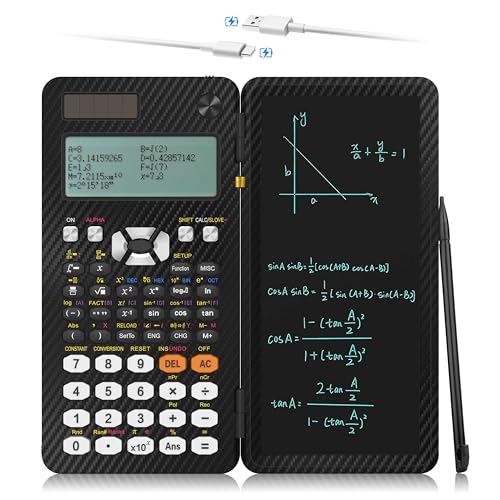Sparky Bill PE
Senior, Master, Professional, Licensed Electrical
It says "You can use the other formula and get same answer, and I'm not getting same answer. I'm getting like 473.8 (of course just enough to make you chose wrong answer). What am I missing here?
I don't see anywhere in reference handbook, or NEC telling me to use this method of keeping the resistance/reactance or converting to impedance. If I can use this formula, then why would we ever convert to effective Z?
Really gonna suck when this problem is on exam and its a coin flip on which formula to use to get the problem correct.


I don't see anywhere in reference handbook, or NEC telling me to use this method of keeping the resistance/reactance or converting to impedance. If I can use this formula, then why would we ever convert to effective Z?
Really gonna suck when this problem is on exam and its a coin flip on which formula to use to get the problem correct.
























